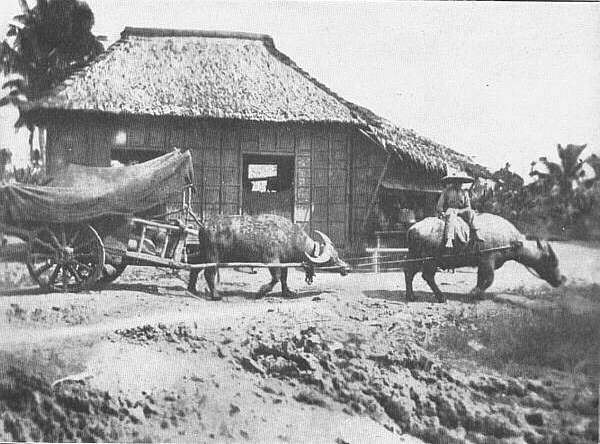The type of transportation system that we have today did not exist in the ancient Mayan period. However, the Mayans built roads to travel on land. They were also known to have used waterways to transport their goods from one place to another.
How did the Mayans travel
Ancient Mayan Roadways
The Mayan roads were very crucial for the existence of the Mayas. The roads not only connected the towns and cities but also connected all the ceremonial and religious centers. The building material used to construct the roads was quite different from what we use in the modern times.

The roads were constructed with the help of three layers of the building material. First, a layer of huge stones was placed on the ground. Once the stones were properly placed, they were covered up with rubble.
Some Facts about Roadways
Finally, limestone was placed over these stones and rubble. The Mayan roads were also called 'white roads' or 'white ways' after the color of limestone. The roads were normally constructed roughly a few feet above the ground level.
Some roads were very long while some were short. It is believed that the long roads were constructed to enable easy accessibility for trade purposes. The Mayans did not have modern day facilities to transport their goods or things from place to place.

Unlike other civilizations which used wheel as a mode of transport, the Mayans used canoes. Apart from these, animals like horses were thought to have been used to carry to load. For the most part, the Mayans traveled by walking.
Ancient Mayan Waterways
Waterways like rivers and seas were also used as a mode of transportation around the Late pre-Classic period. Boats were used as an early medium of transportation. Mayans also used boats to commute via sea or river.

The Mayan boats were different from the one's that were later on developed. Mayan people used small paddling canoes as boats to transport their goods.
|